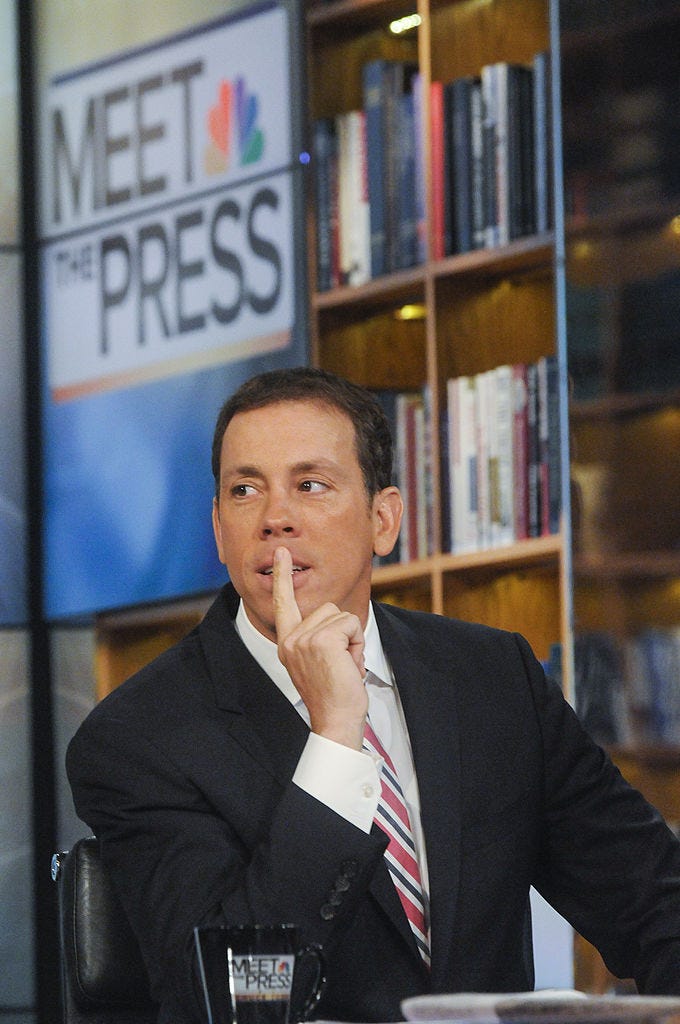Axios doesn't know where Native Americans live
And that's a major media problem.

WASHINGTON — Lest you have been given the impression that Indigenous Wire only provides media criticism of conservative publications and their ill-informed trolling of Interior Secr…
Keep reading with a 7-day free trial
Subscribe to Indigenous Wire to keep reading this post and get 7 days of free access to the full post archives.

